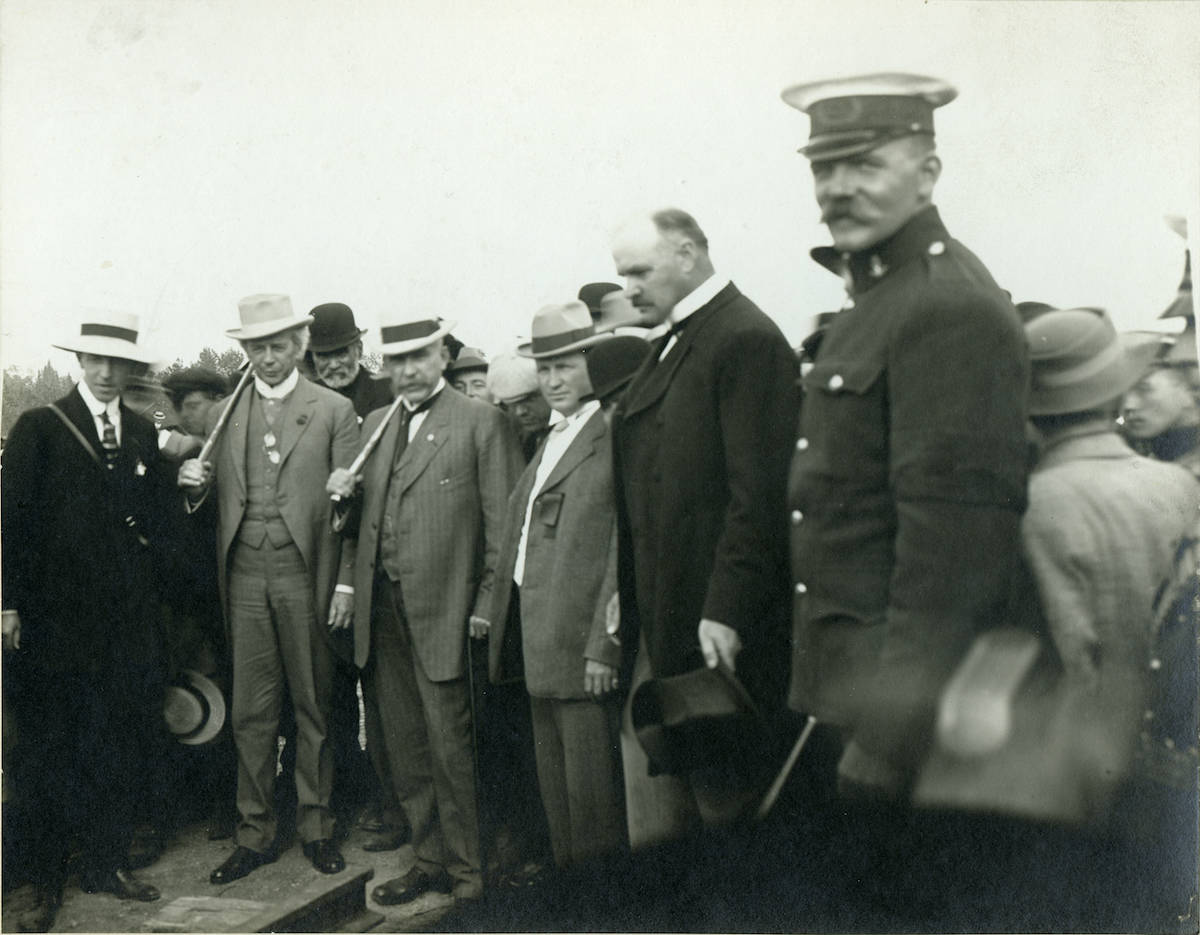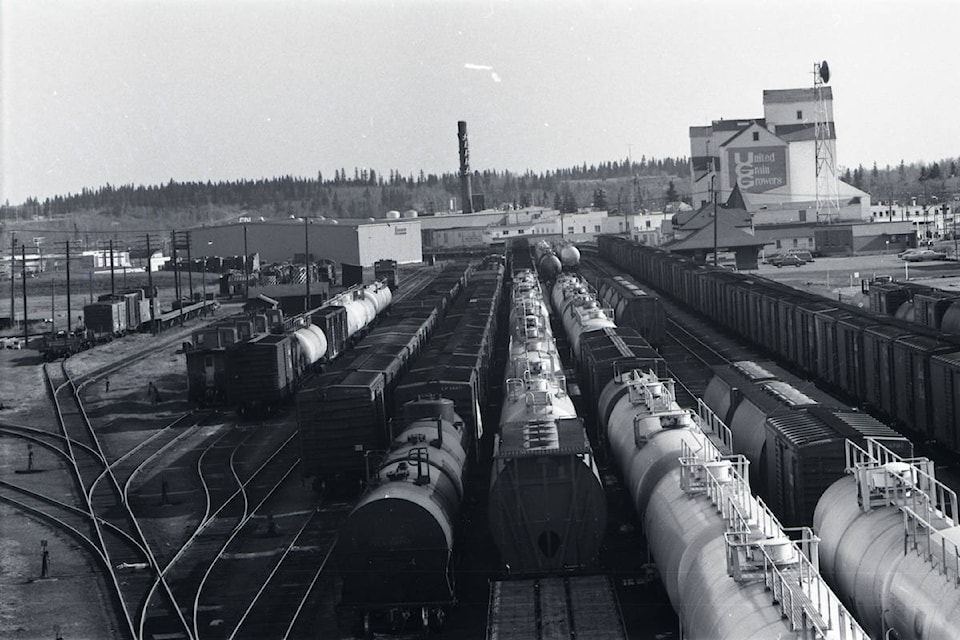“Late events have shown us that we are made one people by that road, that that iron link has bound us together in such a way that we stand superior to most of the shafts of ill-fortune.”
― Sir John A. Macdonald, Speech in June 1885, referring to the Canadian Pacific Railway.
Canada’s first prime minister waxed eloquently about the importance of the railways to Canada.
At a community level, rail’s impact on Red Deer was almost as significant.
It seems obvious now that Red Deer would become Central Alberta’s premier community.
However, more than a century ago, it wasn’t so clear.
Paul Pettypiece, president of the Forth Junction Heritage Society, agrees railway’s role in Red Deer’s emergence is not to be under-estimated.
“It’s debatable, of course, but you could say Red Deer wouldn’t even exist, certainly not as a major distribution centre, without the railway,” said Pettypiece.
The city’s current location is a result of the railway. When Rev. Leonard Gaetz gave CPR half interest in 600 acres of land for rail lines and a townsite, an area further west that had been shaping up into a community was abandoned by its settlers.
Pettypiece said Innisfail, Lacombe and Red Deer had almost the same populations in the early 1900s.
“In fact, Lacombe was bigger than Red Deer at one point.”
But a key decision changed the future of all three communities.
“In the early 1900s, when Red Deer became a divisional point for the CPR, again there was a boom. Red Deer was basically a railway town at that point and it evolved from there.”
A number of branch lines would follow, adding to the community’s importance.
Red Deer Archivist Michael Dawe agrees CPR’s decision became a turning point.
Being a divisional point meant more train crews, repair and servicing shops and other railway-related offshoots were located in Red Deer.
“CPR (Canadian Pacific Railway) was a big employer in Red Deer and it really made a big difference. That gave Red Deer the advantage.
“Railroads were jobs and you couldn’t develop very much without a railroad because of transportation challenges.
“Also, if you produced anything, like grain or minerals, you needed the railroad to ship it.
“Railroads brought jobs, they brought communication links with telegraph, they brought distribution for bulk. If you wanted to ship in or ship anything heavy, you needed the railroad.”
For local grain farmers, the railroad was critical in getting their product to market.
“So the railroad was huge,” he says.
Red Deer ultimately became the railroad centre for the region for two main reasons, Dawe says.
Geographically, Red Deer was almost exactly in the middle between the big rail centres of Edmonton and Calgary.
But the other advantage was access to water.
“In the days of steam, trains needed reliable, year-round supplies of water and the Red Deer River gives that.
“The Red Deer River doesn’t freeze to the bottom in the wintertime so you could always get water in sizable quantities.
“Other places are more reliant on wells or a shallow lake or something.”
“You need lots and lots and lots of water and Red Deer had that.”
Other railways, which would later become part of Canadian National Railway, also had a presence in the area, running lines out to Rocky Mountain House and the coalfields of Nordegg
The rail link between Calgary and Edmonton had always been vital to the province.
“A phenomenal amount of goods and services move back and forward between the two metropolitan areas. They did 100 years ago, they do today.”
With easy rail journeys between the two large centres, Red Deer emerged as a useful halfway point for meetings and conventions, a role it still plays today.
pcowley@reddeeradvocate.com

